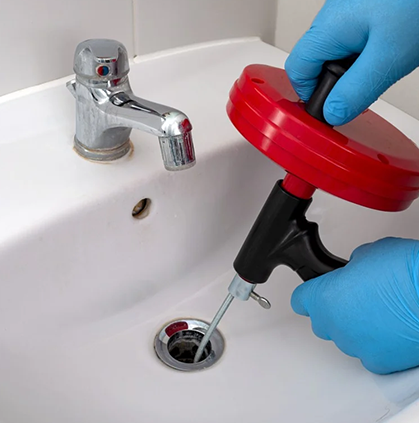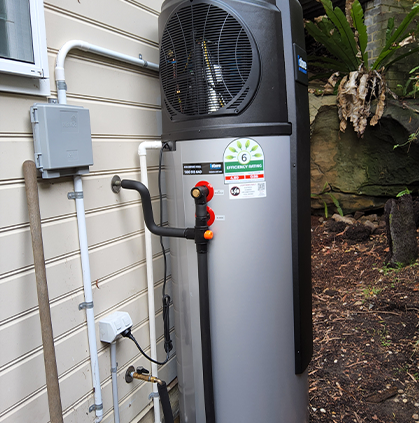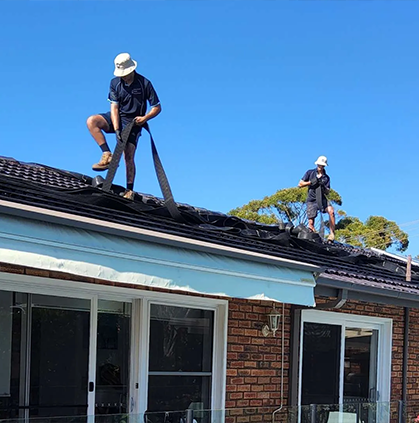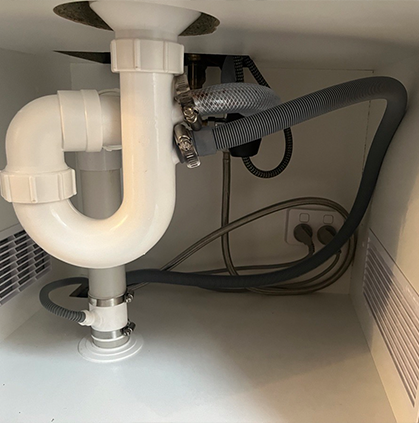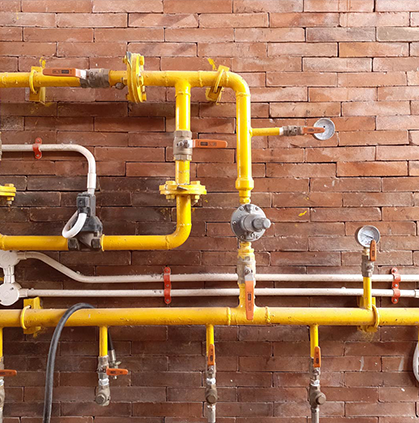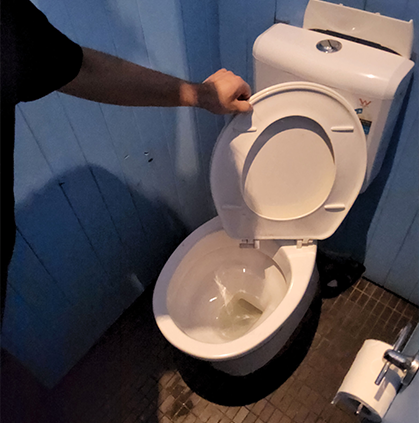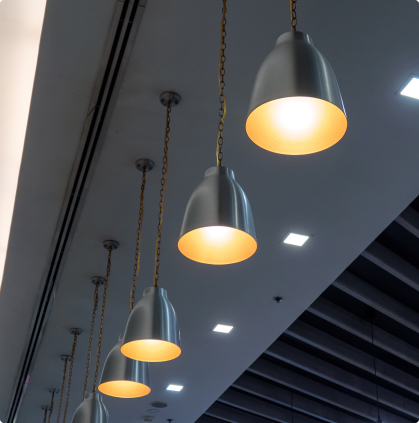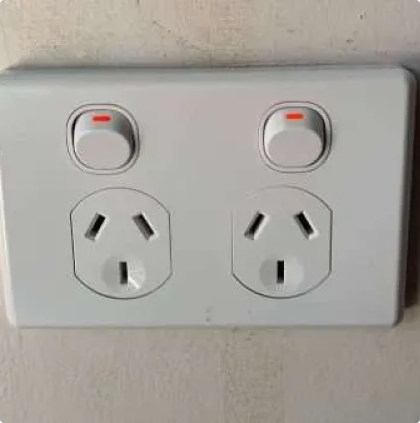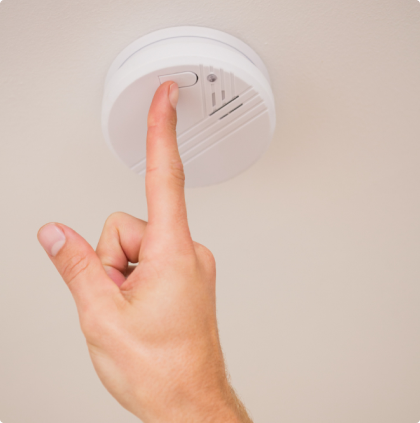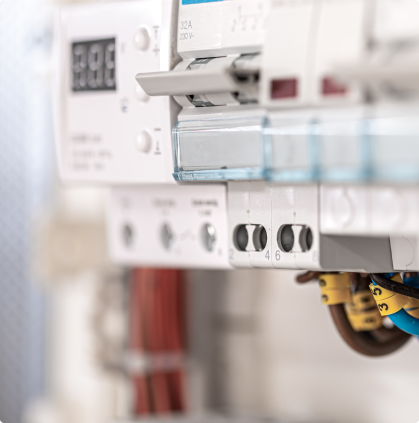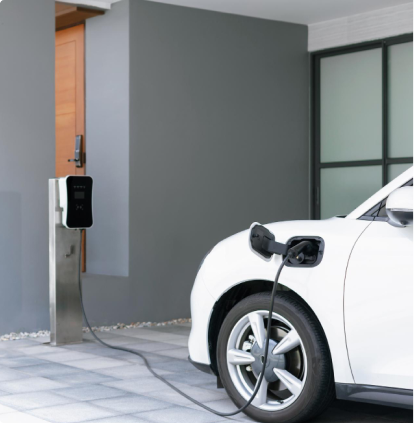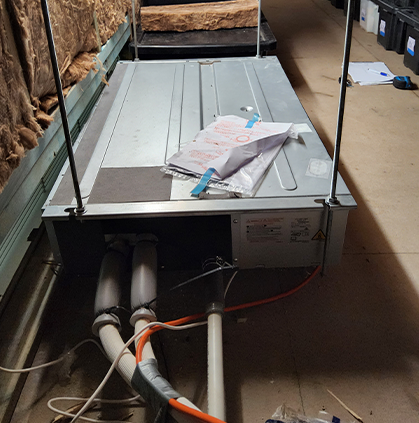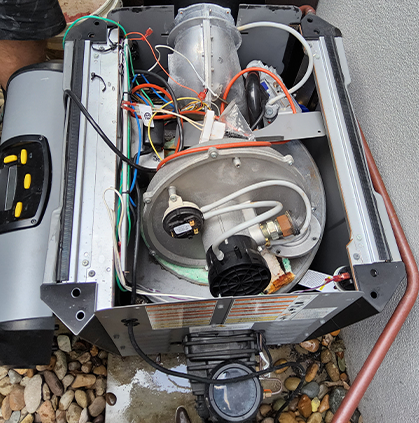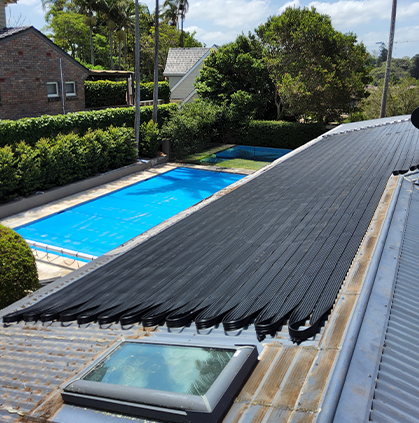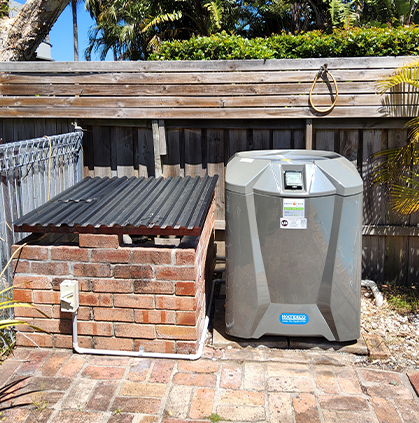You want to install a 5-ton AC unit for your home, thinking it’s the only way to keep cool when smaller options fail. But is it the perfect match for your specific needs or just an expensive shortcut?
Random guessing leads to wasted energy and money. So before calling for professional air conditioning services, let’s learn the pros and cons of a 5-tone air conditioning system to help you decide better.
What is a 5-Ton AC Unit?
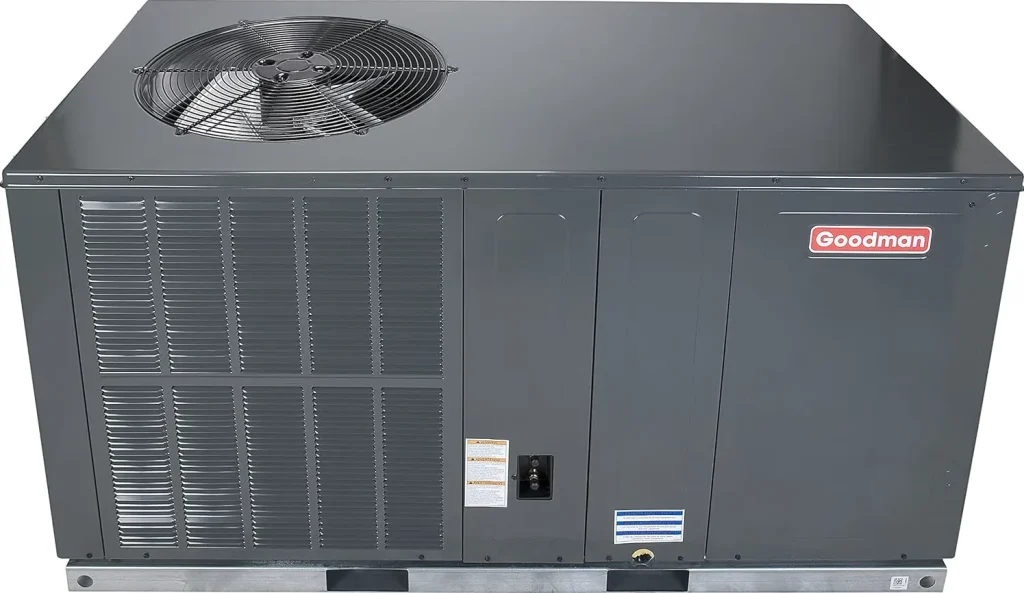
A 5-ton AC unit is a size for the AC system that provides 60,000 BTUs of cooling power each hour.
This is one of the most common choices for homeowners with larger properties, especially if they have expansive open-plan living spaces, high ceilings, or large windows.
Remember, one ton is the amount of heat needed to melt a ton of ice in 24 hours. It’s about 12,000 BTU per hour. That’s roughly 3.5 kW. So, a 5-ton AC unit gives around 17.5 to 18 kW of cooling.
And a 5-ton unit is a very strong system. Sometimes homeowners with a smaller, struggling 3 ton AC unit think that getting a 5-ton one will fix their cooling problems.
But keep in mind that an oversized unit can be as problematic as a small one because it can lead to inefficiency, short cycling, and bad humidity control.
If you have a bigger house, like around 200 to 300 square metres, you might need this size. But it’s always best to get a proper assessment first.
In Australian homes, a 5-ton AC unit is often used as a ducted system. But, it also works for multi-split systems installation, which provide powerful indoor units for targeted cooling when a full ducted system isn’t practical.
What Does a 5-Ton AC Unit Cost in Australia?
Thinking about a 5-ton AC unit for your home? Let’s see how much it might cost to install and run it:
Unit Purchase: 5,000–10,000
A 5-ton AC unit from top brands usually costs between 6,000 and 12,000 for the indoor and outdoor units, controls, and standard warranty.
For 17 kW ducted systems from brands like Midea and Rinnai, the price is typically around 5,500 to 6,100 just for the unit, with higher prices if you want more features or longer warranties.
Installation: 5,000–15,000
Professional installation for a large ducted system typically costs between 5,000 for simple, single-storey homes and over 15,000 for complex layouts, multi-storey buildings, or major ductwork upgrades.
Ducted air conditioning installation costs between 6,000 and 25,000. The price depends on the capacity, zoning, access, and home size. For a larger home, a 5-ton AC unit costs around the middle of this range.
Electrical Upgrades: 300–800
If your switchboard and wiring are just okay, you might need a dedicated circuit or an upgrade to your panel. It can cost a few hundred dollars. For older homes, 300–800 is reasonable, but more complex upgrades can be more expensive.
Running Costs: $0.30 per kW/hour
Residential electricity prices usually range from 24 to 43 cents per kWh, depending on your location and tariff.
For large ducted systems, it costs about 0.50 to 5–10 daily with several hours of use, depending on efficiency, thermostat settings, zoning, and climate.
Maintenance: 150–300
Annual maintenance costs for 5-ton AC units range from 150 to 300. This service includes cleaning AC filters and coils and checking refrigerant pressures. Regular tune-ups protect key parts and prevent costly breakdowns.
Repairs: 2,000–5,000
Ducted air conditioning repair can vary. You might spend a few hundred for a quick fix, or over $2,000 if you need a new compressor.
Over 12 to 15 years, plan to spend around $5,000 on repairs. The costs usually go up as the parts get older and the warranty ends.
What Should You Consider Before Installing a 5-Ton AC Unit?
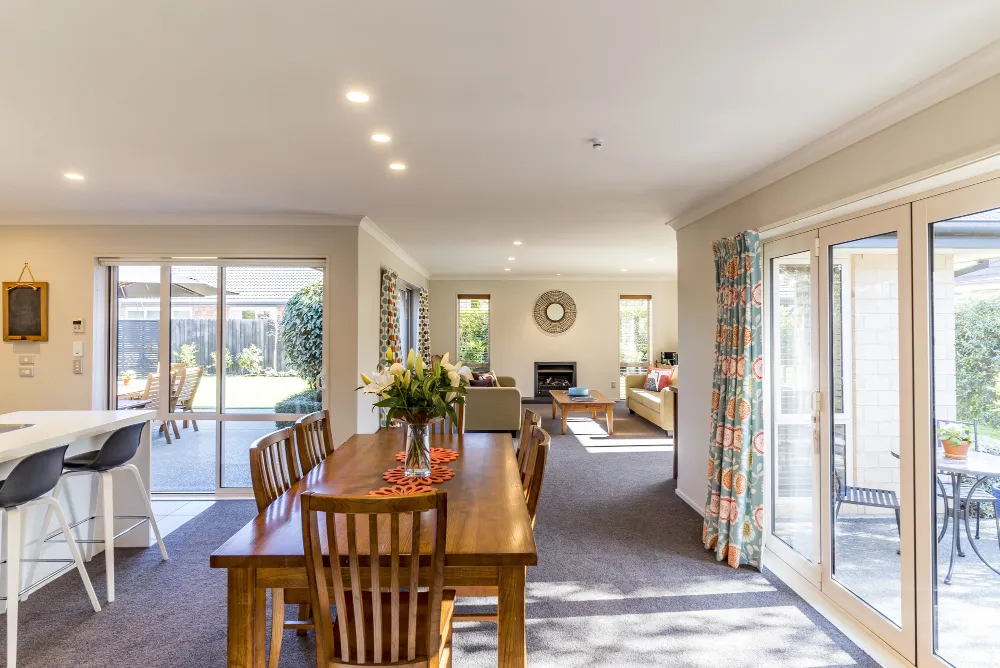
You can just contact your HVAC technician to get a 5-ton air conditioner for your home. But before you do that, it’s important to think about these key factors:
1. Home Size and Layout
Your property’s size in square metres is just a starting point. Keep in mind that a well-insulated 200-square-metre home might need less cooling than a poorly insulated 180-square-metre one in the same area.
Also, open-plan layouts spread cool air better than homes with many separate rooms, which can affect whether that 5-ton AC unit is what you need.
2. Insulation and Windows
Good insulation greatly reduces your cooling needs. Well-insulated ceilings and walls keep cool air in, so your air conditioner works less. If your home isn’t well insulated, you might need a bigger unit, like a 5-ton AC.
You know how the AC system works, right? The size, number, and position of your windows matter. Large west-facing windows let in afternoon heat, which can raise cooling needs.
3. Occupancy and Usage Patterns
Count how many people live in your home, how often they are in the rooms, and if you work from home.
Homes with four or more people use 20-30% more electricity for cooling than homes with only two. Bigger families consume 5-15 kWh daily, while smaller ones use 3-10 kWh.
Each additional person increases cooling needs by 400-500 BTUs per hour. This affects AC usage, especially in the late afternoon and evening.
4. Noise and Placement
This 5-ton AC unit is powerful. So, you can expect it will be noisy. If you live in a suburb with neighbours close by, placing it near bedrooms or outdoor areas might bother them, especially at night when it turns on and off.
So, if noise is a concern, ask your installer for a noise assessment. They can suggest alternative spots or setups that keep your system effective while respecting your neighbours.
5. Budget and Financial Priorities
You already know the calculation. A 5-ton AC typically costs 10,000-18,000 upfront, excluding yearly running, maintenance, or repair expenses.
Think about your budget, too. It influences not only the purchase but also long-term affordability and whether a 5-ton AC unit is necessary for your home and financial plans.
6. Existing Infrastructure
When installing or upgrading to a 5-ton AC unit, think about more than just the unit. Make sure your system’s other components are compatible.
Your home’s electrical system may require an upgrade, with older panels costing 1,000-2,500 to replace. Check your ductwork’s condition and size, too. Undersized or leaky ducts reduce efficiency and waste energy.
7. Climate Zone
Is your climate a heatwave hotspot or just a mild breeze? This guides whether a 5-ton AC is overkill or just right.
Coastal Queensland’s high humidity causes AC units to work harder, while inland heatwaves push systems to their limits, needing larger units. But in Victoria, a 5-ton air conditioning may be too big and waste money.
Pros and Cons of a 5-Ton AC Unit
Thinking about installing a 5-ton AC in your home? Here are some pros and cons to know:
Pros:
- Handles really big homes and open layouts — For spaces over 200 square metres, with high ceilings or an open plan, and when your HVAC load calculation confirms the need, this system is ideal.
- Comfort in extreme heat — In Queensland and Western Australia, where summer temperatures exceed 40°C, a large 5-ton AC unit is vital. This applies to hotter regions needing greater cooling power per square metre.
- Cools multiple zones at once — For families using multiple rooms or multi-storey homes, a 5-ton AC unit with a zoned HVAC system can provide comfort throughout without needing individual units.
- Future-proofing for increased occupancy — Extra cooling capacity accommodates future room additions or more occupants. This prevents outgrowing the system or performance degradation.
- Efficient operation — Modern 5-ton ACs use inverter compressors and high SEER/SEER2 ratings to adjust output, saving electricity. This is often cheaper and quieter than multiple smaller units.
Cons
- Higher upfront and installation costs — Quality ducted systems with professional installation can exceed $10,000, a significant investment for moderate budgets.
- Risk of oversizing — Powerful units, if miscalculated, can short cycle, wasting energy and increasing bills.
- Complex installation — Larger outdoor units and extensive ductwork may require backyard and ceiling remodelling.
- Infrastructure upgrades needed — Older homes may need costly electrical upgrades for 5-ton AC units to prevent overloads.
- Higher running and maintenance costs — Larger systems like 5-ton air conditioners consume more electricity, and routine maintenance for AC unit parts are more expensive.
When Should You Install a 5-Ton AC Unit?
You don’t have to randomly guess if a 5-ton AC unit is right for your home. In short, you would need a 5-ton AC unit when:
- Your 3-ton AC struggles with uneven cooling, high humidity, or failing to reach desired temperatures.
- Your home exceeds 200 square metres, and you need more capacity for large spaces.
- You have open-plan layouts or vaulted ceilings, making cooling more difficult for standard air conditioners.
- You’re in hot regions like Queensland, with temperatures often over 40°C.
- Multiple rooms are frequently in use, or you host large gatherings, needing consistent multi-zone cooling.
- You’re planning major renovations, adding new rooms or have your parents to live with you. This increases cooling demands.
- You want to switch from split systems to ducted AC for whole-home efficiency and control with more cooling power.

Frequently Asked Questions About 5-Ton AC Units
Here are common questions about a 5-ton AC unit, whether for new installation or upgrades:
How many square metres will a 5-ton AC unit cool?
A 5-ton HVAC system typically covers 200-300 sq m, but actual coverage varies. Always rely on professional load calculations, not rules of thumb, because accurate sizing based on your home’s specific features.
What’s the difference between a 4-ton and 5-ton unit?
In short, their capacity. A 4-ton system offers 48,000 BTUs (14 kW), while a 5-ton AC unit provides 60,000 BTUs (17.5 kW). That’s a 20% difference in cooling power.
Also, the 4-ton unit cools 180 to 230 square metres, while the 5-ton can handle 230 to 300 square metres.
Who typically uses a 5-ton AC unit?
A 5-ton AC unit is typically used by homeowners with large houses, multi-level properties, or open-plan layouts exceeding 230 square metres.
It’s common for families needing whole-home cooling, especially when they have high ceilings, or more people living there.
What’s the average lifespan of a 5-ton AC system?
Well-maintained systems typically last 15-20 years, with good brands and proper installation often extending this lifespan. And neglected systems may fail after 10-12 years.
Heavy use, harsh climates, and missed service shorten longevity, whereas proper installation and routine professional check-ups maximize system life.
Is it better to undersize or oversize an AC?
Avoid both undersized and oversized AC units. An undersized unit won’t cool effectively, running constantly and wearing out fast. An oversized unit will short-cycle, leading to humidity problems and increased energy costs.
Conclusion
Some homeowners are tempted to upgrade to a more powerful HVAC system, moving from a 3-ton to a 5-ton AC unit. But, as you have learned, bigger isn’t always better.
Your decision should be based on home size, insulation, occupancy, and budget. In short, the right AC size, not just the largest, is key to comfort, efficiency, and savings.
And if you’re still unsure which unit suits your home, contact us at Lightning Bult. Let our experts help you choose the perfect fit for your needs.



